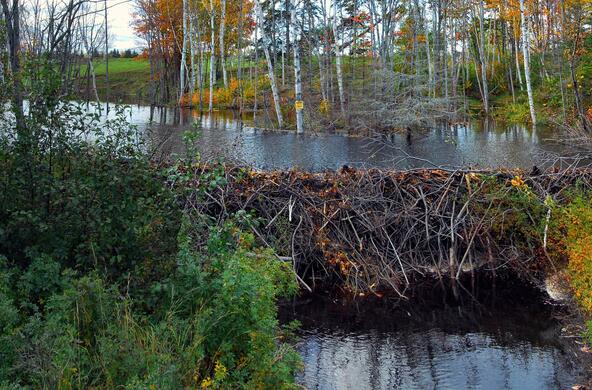Along the mid-coast of California, amidst carefully protected ranches of Silicon Valley executives, one finds rolling hills of oak trees. A few years ago, with colleagues from Arizona State University, a group of us documented the mineral cycling in these woodlands, which are deciduous in winter. One of the major processes returning minerals to the soil is the loss of leaves, which decompose during the wet period of winter, releasing their contents to the soil.
We collected “leaf fall” in large plastic bins, which inadvertently also captured the clumsiness of western fence lizards that also fall from the branches of the oaks. Not surprisingly, lizards fell with greatest frequency during the spring mating period and males fell with much greater frequency than females. (Sexual display bears its costs.) We found an average of 12,000 lizards fell in each hectare each year. When I published this in the leading journal, Ecology, one of my long-time mentors told me that the paper would be career-ending, insomuch as the data would be regarded as a frivolous contribution to the scientific literature. But, field studies of nature—sometimes esoteric—allow us to understand the natural history of species and the impacts of human activities.
Some 15 years later, I came across a paper on the fall of fence lizards in laboratory trials using exposures to a common pesticide, carbaryl, which is designed to block the nerve-transmitting compounds in insects, and which coincidentally is involved in the nerve transmission in lizards and humans. Carbaryl is an insecticide commonly used by home gardeners and in some commercial applications. Carbaryl degrades fairly quickly, but when applied at part-per-million levels, carbaryl affects the speed, coordination, and acrobatic performance of lizards in their climbing activities.
Now, while I have no reason to believe that the lizards falling in our field site in California were exposed to carbaryl, I was rather appalled to see the collateral damage of carbaryl on a non-target species—an insectivore in the case of lizards. It is normal for lizards to jump from trees, but inadvertent “falls” are exacerbated by carbaryl. If the speed and physical coordination of lizards is affected by incidental pesticide exposure, one may wonder what impacts it might have on the nerve transmission in humans—both for those who apply the pesticide in their gardens and those who live nearby.
Pesticides are designed to kill things; the incidental health effects on wildlife and humans are often ignored.
References
DuRant, S.E., W.A. Hopkins, and L.G. Talent. 2017. Impaired terrestrial and arboreal locomotor performance in the western fence lizard (Sceloporus occidentalis) after exposure to an AChE-inhibiting pesticide. Environmental Pollution 149: 18-24.
Schlesinger, W.H., J.M.H. Knops, and T.H. Nash. 1993. Arboreal sprint failure—lizardfall in a California oak woodland. Ecology 74: 2465-2467.
Sinervo, B. and J.B. Losos. 1991. Walking the tight rope—arboreal sprint performance among Sceloporus occidentalis lizard populations. Ecology 72: 1225-1233.







